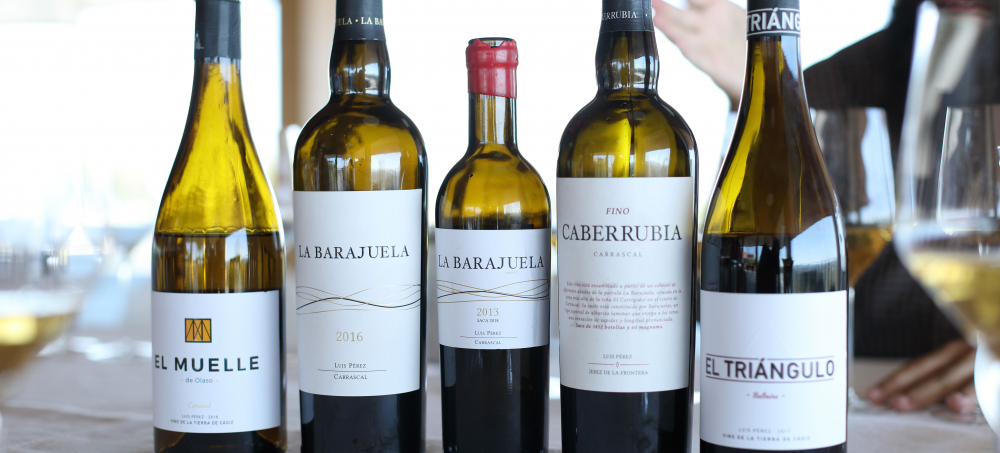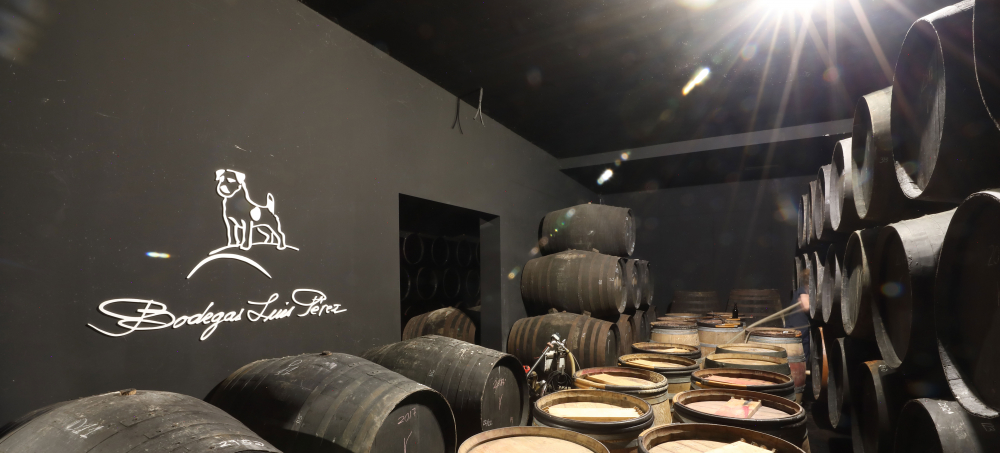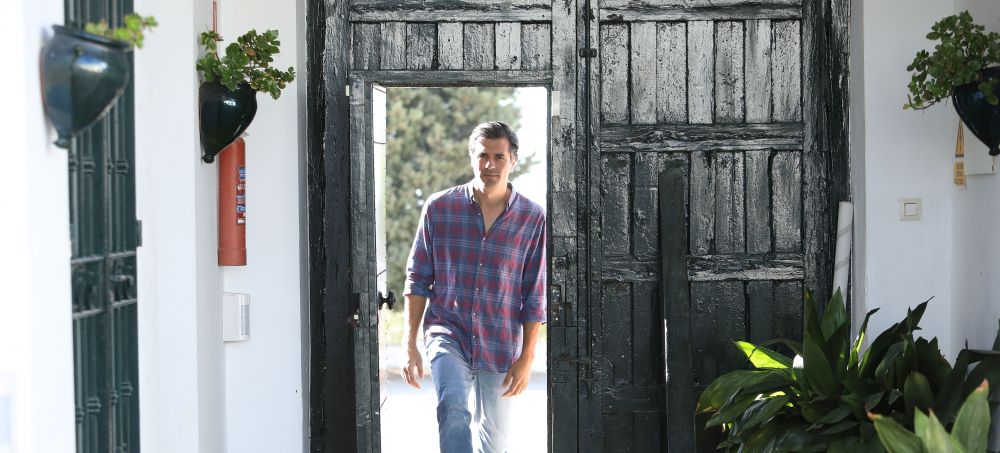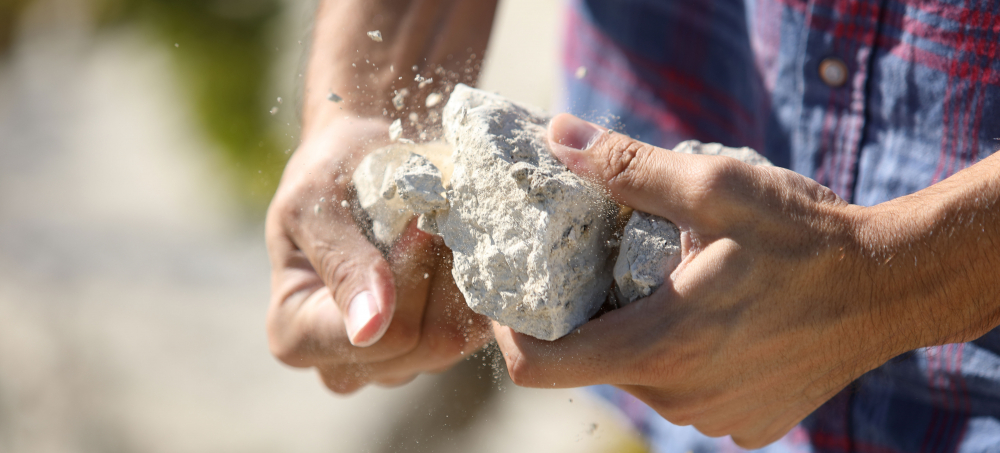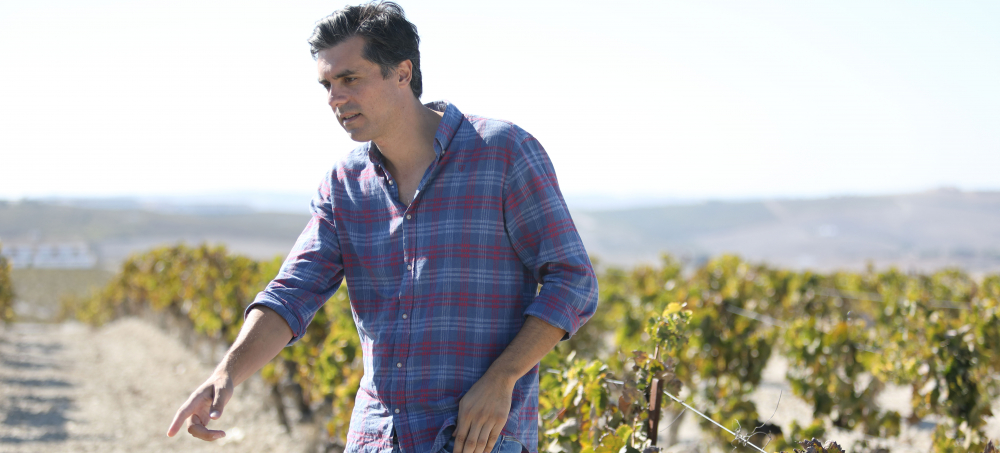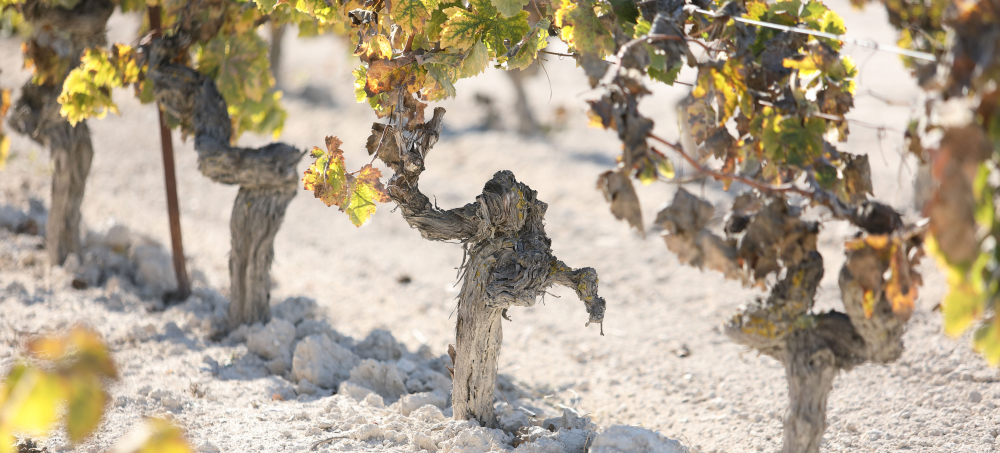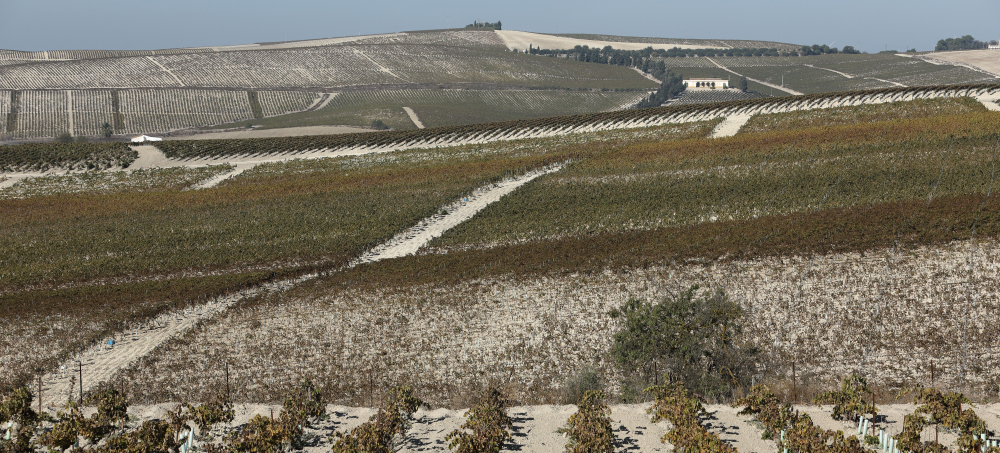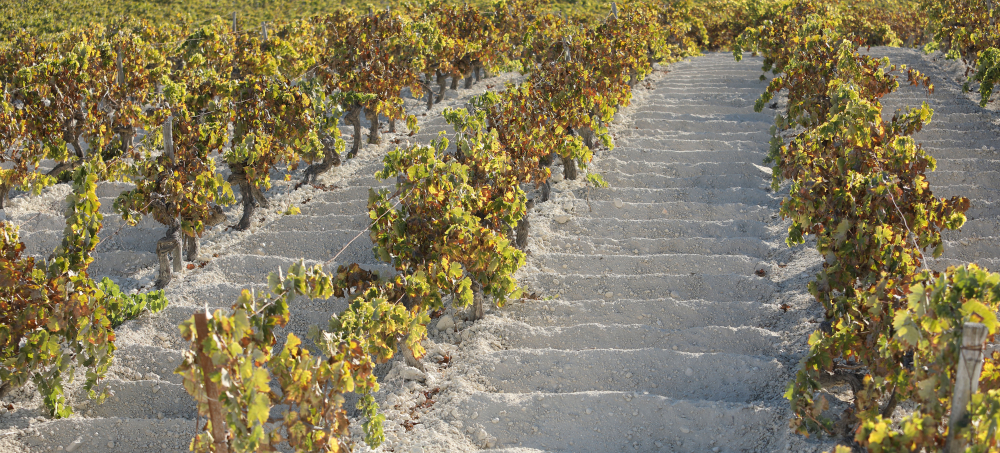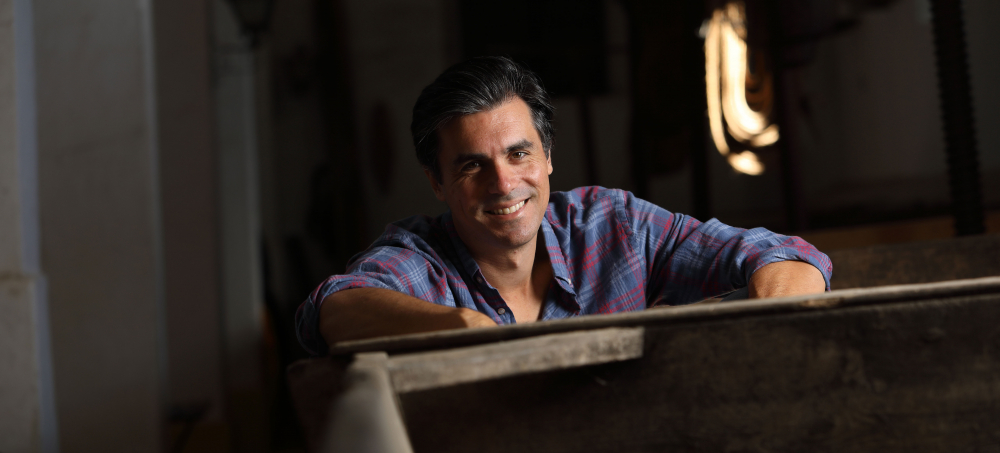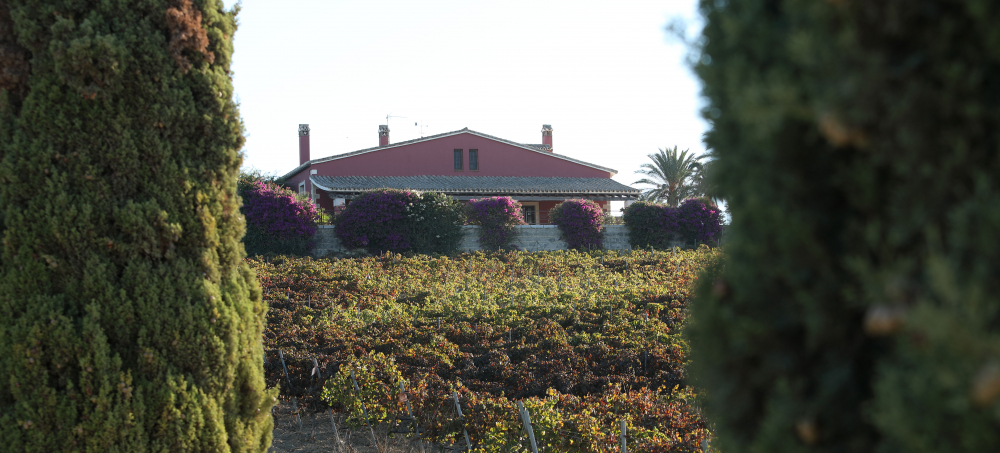One of the most interesting evolutions in the wine business is the transformation in the styles and traditions of wines made in a particular region over time. These regional traditions are often so finely ingrained that it is hard to imagine other wines being produced that are outside these historical norms. The Douro region in Portugal, for example, made its name for centuries with its fortified wines. Today, about half the production now goes into regular non-fortified wines, with the shift occurring only recently, basically since the turn of the century. Often these changes are market-driven, but changes in drinking trends and regional traditions, and more recently, climate conditions, also play a role.
What is also exciting is when “visionary” winemakers challenge the status quo in a region by using a new combination of grape varietals, viticulture, and winemaking techniques to create a new category of wine. Basically asking the question: what could this terroir give if we weren’t constrained by the rules and norms of a region? Often, these “new” categories can also involve a revival of an older style or tradition that had previously fallen into obscurity. Such is the case with the Bodega Luis Perez in Jerez de la Frontera in the Sherry region of Spain.
Luis Perez Rodriguez, a professor of oenology at Cadiz University and former chief winemaker at Domecq Sherry, started his winery in 2002 to make non-fortified Red and White wines from the Sherry region. More recently, Luis, along with his son, Willy Perez, launched a project to produce a series of Sherries made using an ancient technique of crafting Sherry without either fortification or traditional solera aging. Willy Perez is part of a group of young turks in the region, such as his friend Ramiro Ibanez of Cota 45, who are fascinated by the history of Jerez winemaking, including the terroir “maps” of the best parcels on different types of albariza. In fact, Willy and Ramiro are co-authoring a book detailing their extensive research into these subjects with an anticipated release in 2020.
On the wine side, the Perez’s work with Palomino Fino grown on albariza (or chalk) soils to make White Wine or "Vino de Pasto". For now, there are two made, one called “El Muelle de Olaso” from Carrascal and one called "La Escribana" from Macharnudo. These whites are naturally fermented and depending on the vintage a portion of the grapes might be sun-dried for 6-8 hours to concentrate sugars for higher alcohol needed to age wine under flor. Because flor aging translates to “freshness” on our palates, this portion of the wine depends on the balance of the vintage. If the vintage is naturally fresh then the flor interaction is less by leaving less headspace in the casks. Conversely, if it is a richer vintage then they will leave more headspace in the casks and increase the flor influence on the wine. In either case, these whites have great intensity and zest with notes of preserved lemons and savory, chalky overtones from the soil. They are clearly in the world of wine, but also dip a toe in the sherry world with hints of complexity and umami flavors from the flor component. These wines are also part of a revival of what was popular to drink among the "people" of Jerez in the 18th and 19th centuries locally called "Vino de Pasto". The locals could not afford Sherry so they consumed young (less than a year old) unfortified Palomino Fino of the vintage.
On the red side, Luis initially started with planting international varietals (Merlot, Syrah, and Petit Verdot) on traditionally white wine grape areas on marl and gypsum soils. Later, along with Luis’ son, Willy, they started an exciting project of recovering and planting a rare, ancient, indigenous varietal, Tintilla de Rota. This grape, actually genetically the same as the Graciano grape grown in Rioja as well as other regions, has a long, 500+-year history in the region, and was historically used to produce a fortified wine sort of like Ruby Port.
The Tintilla fruit they use comes from three different pagos: Balbaina, Corchuelo, and Carascal. The young wine is called "El Triangulo" and the fruit for it comes from the pago of Jerez closest to the ocean called Pago de Balbaina. The proximity to the water brings about a cooling influence and a moderating of the ripeness. El Triangulo is a fun spicy and bright berried red wine with a bit of a chalky velvet structure on the finish. The single-parcel “Tintilla” line of wines is comprised of three wines each made the same way but showcasing the three different pagos and their soils. Those wines are called: "Tintilla Balbaina", "Tintilla Corchuelo" and "Tintilla Carrascal", and they are remarkably different from one another. An exquisite example of Perez's work in terroir transparency in the region!
On the Sherry side, in 2013, the family acquired the famous El Corregidor parcels within the Pago de Carrascal to begin a single-vineyard-focused premium sherry project under Willy’s direction. The vineyard was planted with 40-year-old Palomino Fino vines on a special albariza called “barajuela” where the chalky white marl is layered like a deck of cards. One of the critical pieces of this history of the winemaking of Jerez is that at times in history, the wines were not fortified or solera aged. The alcohol levels we see in the fortified wines of today were in the past achieved naturally. A typical grower would make many passes through a vineyard during harvest. The early pass would be a green harvest where less ripe grapes would be used for brandy distillation. A second pass when the grapes are ripe would be harvested to make structured white wine, such as Perez’s “El Muelle” (this style was also very popular in the 19th century). Lastly, a final late harvest pass would be done to make Sherry (Finos and Olorosos) and some of these grapes would see periods of sun drying or asoleo to concentrate the sugars and gain higher alcohol levels depending on how they were intended to be used – shorter sun exposure for Fino and longer for Oloroso.
Many of the Finos made in this way were either single-vintage wines or blends of vintage-aged wines into a Non-vintage bottling. From Bodegas Luis Perez we see these two examples of finos in La Barajuela and Caberrubia. La Barajuela is always a vintage-dated Fino from the best fruit of El Corregidor on barajuela soils. Caberrubia is a blend of single vintages of La Barajuela, like a “greatest hits” album. At the beginning of the 19th century, one could find bottles released as “Seleccion de Anadas” or “a selection of years” for the non-vintage bottlings, and so Caberrubia pays tribute to that tradition. La Barajuela is a very powerful Fino and for its age shows remarkable citrus and fruit character along with savory notes of curry. Caberrubia bears some resemblance to its cousin La Barajuela but also much more sapidity from flor and albariza.
We will be focusing on the “table wines” from Tintilla de Rota and Palomino Fino, and on the Sherry parcel projects which will include various special releases over the years.

